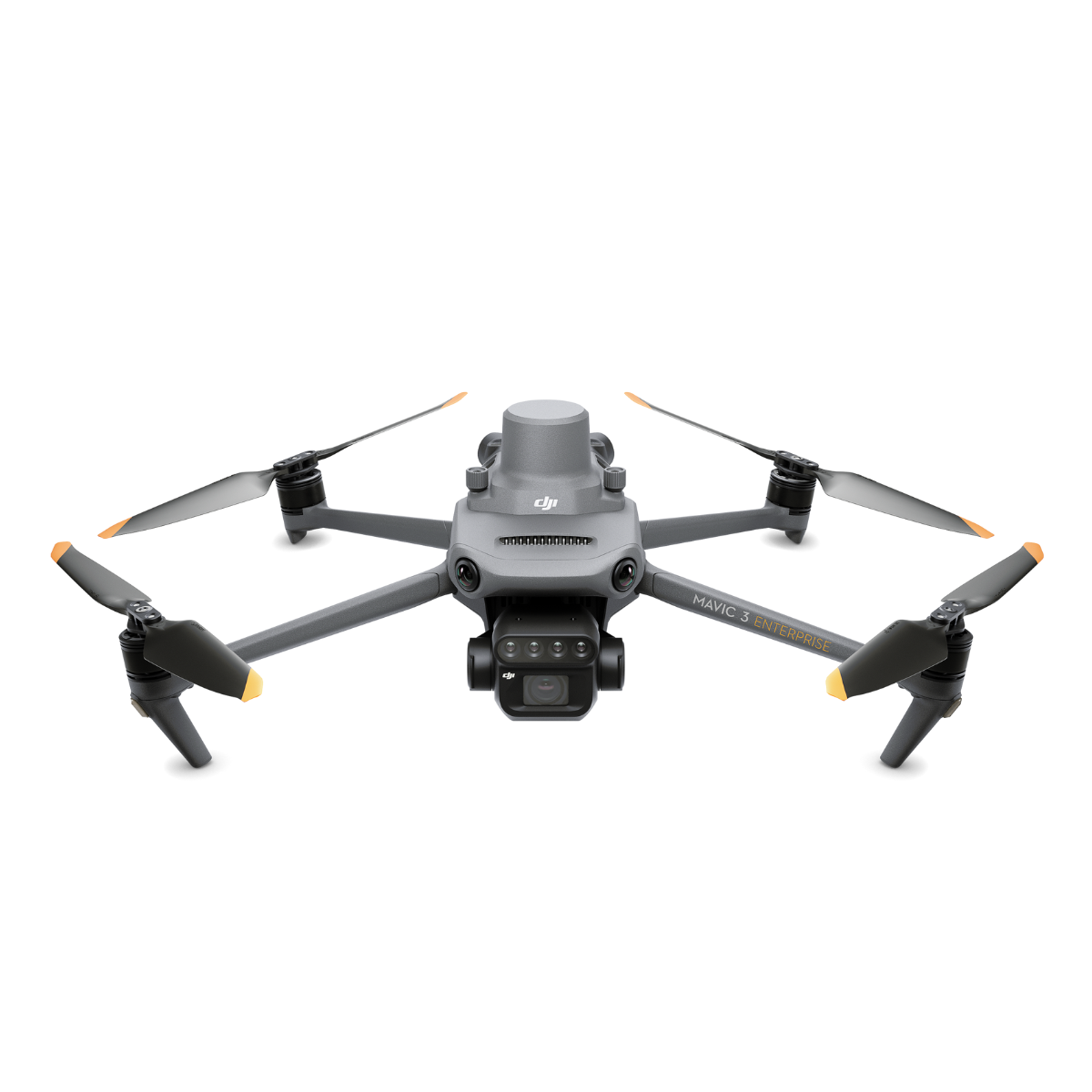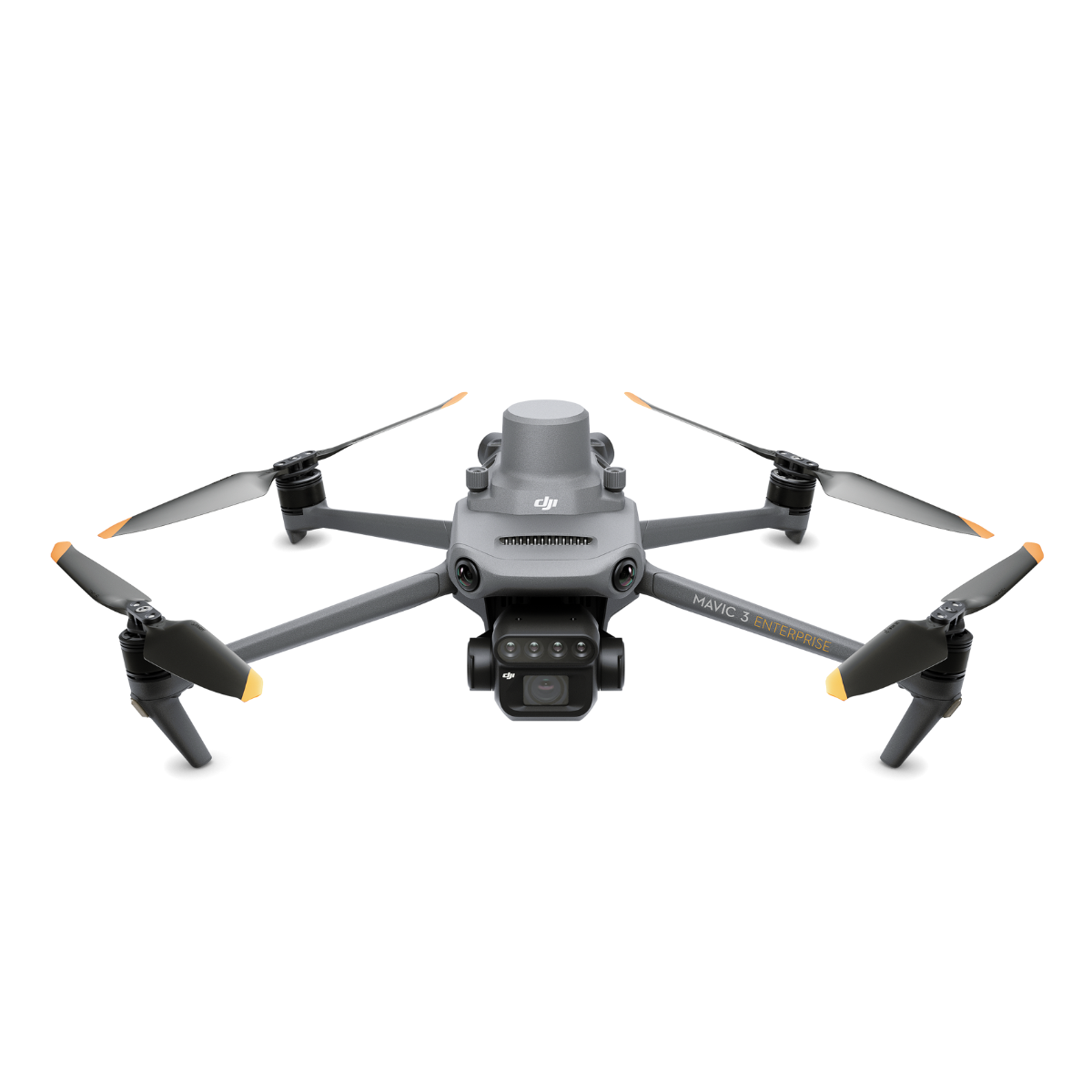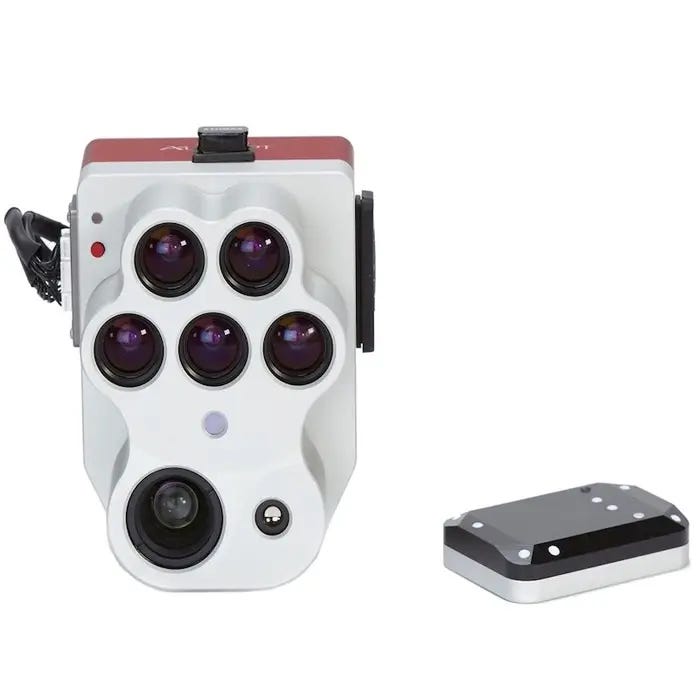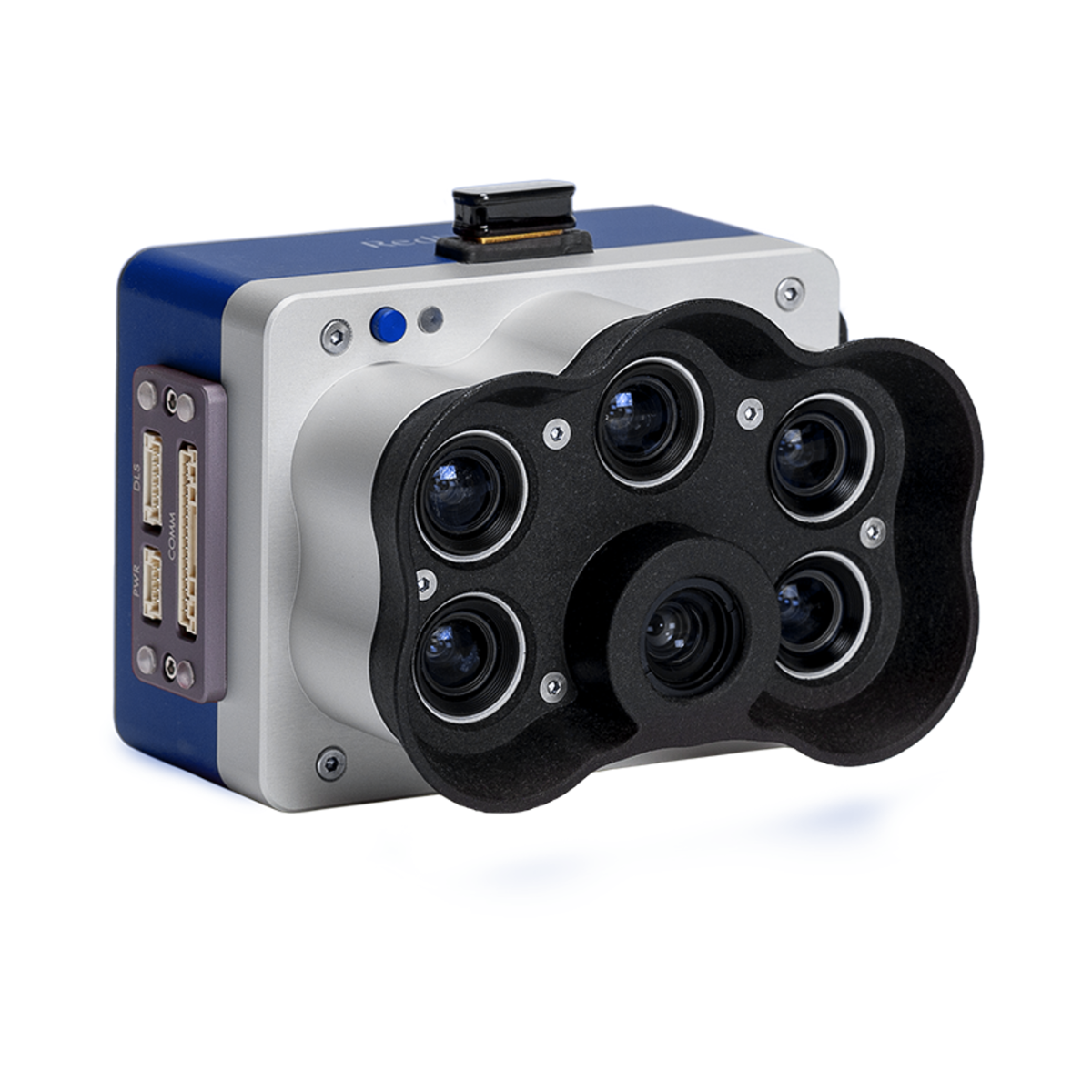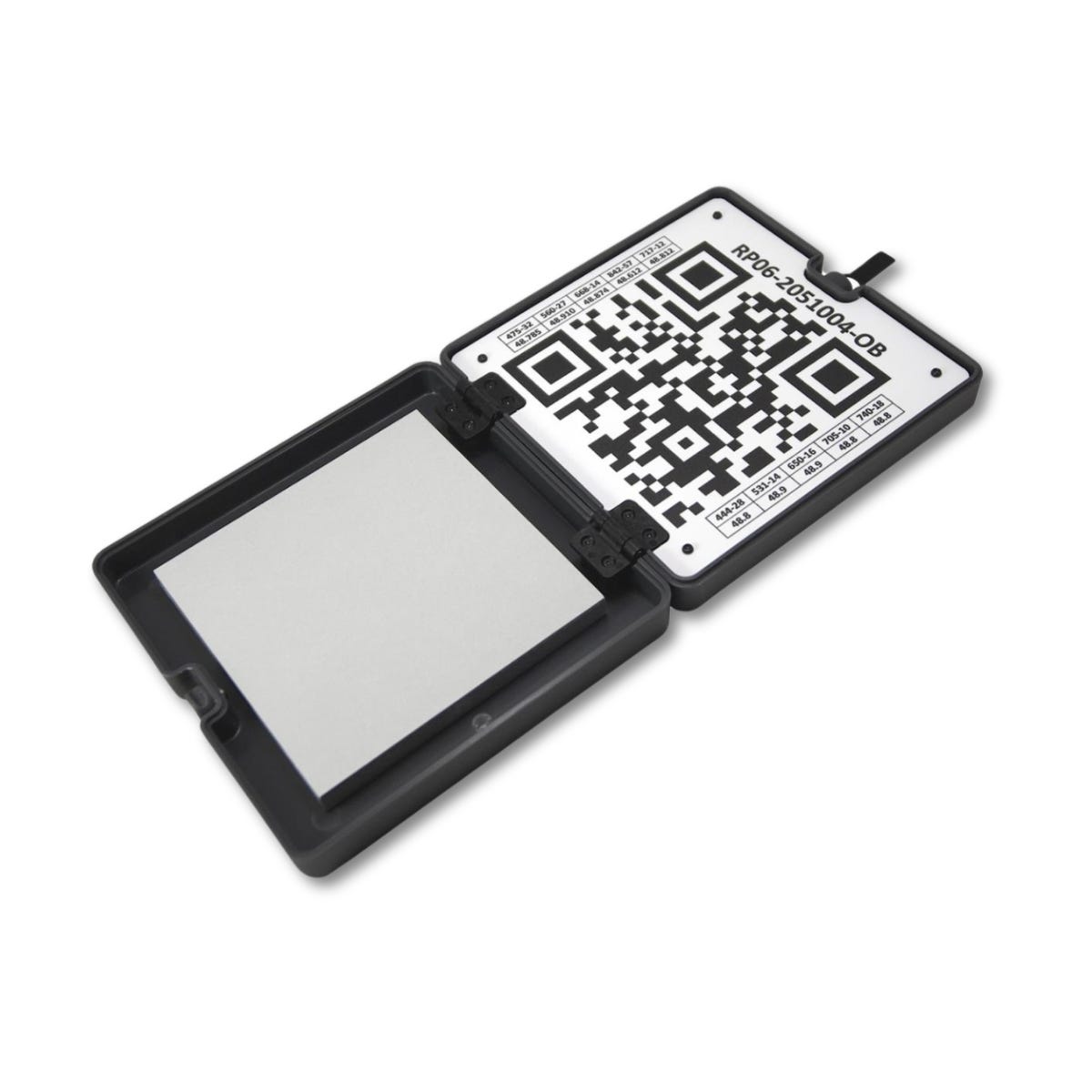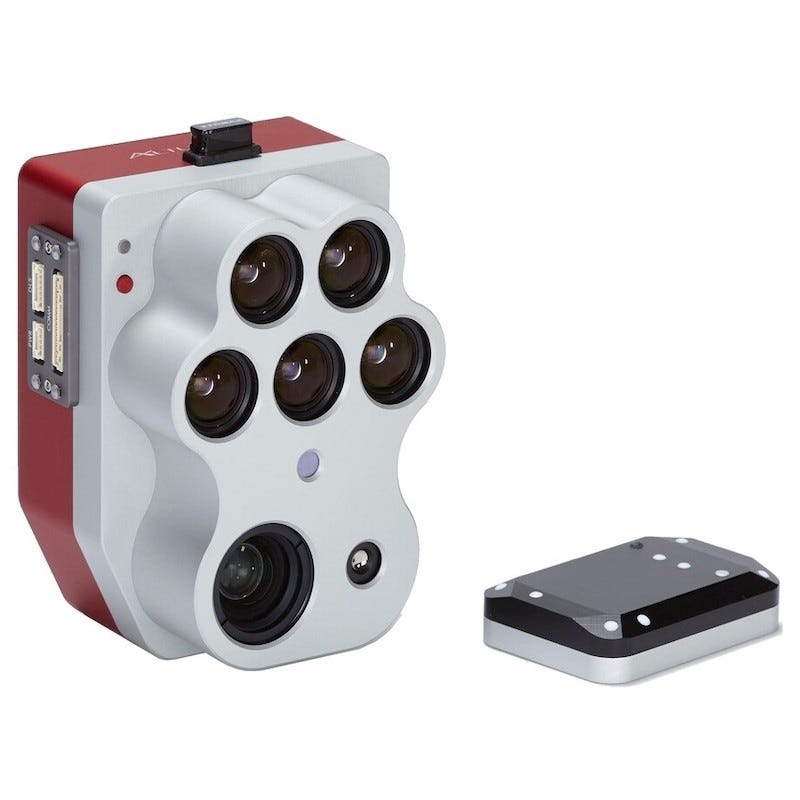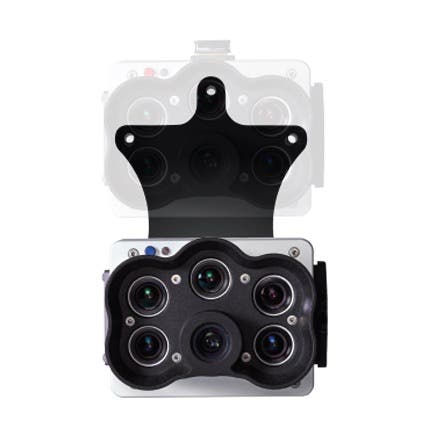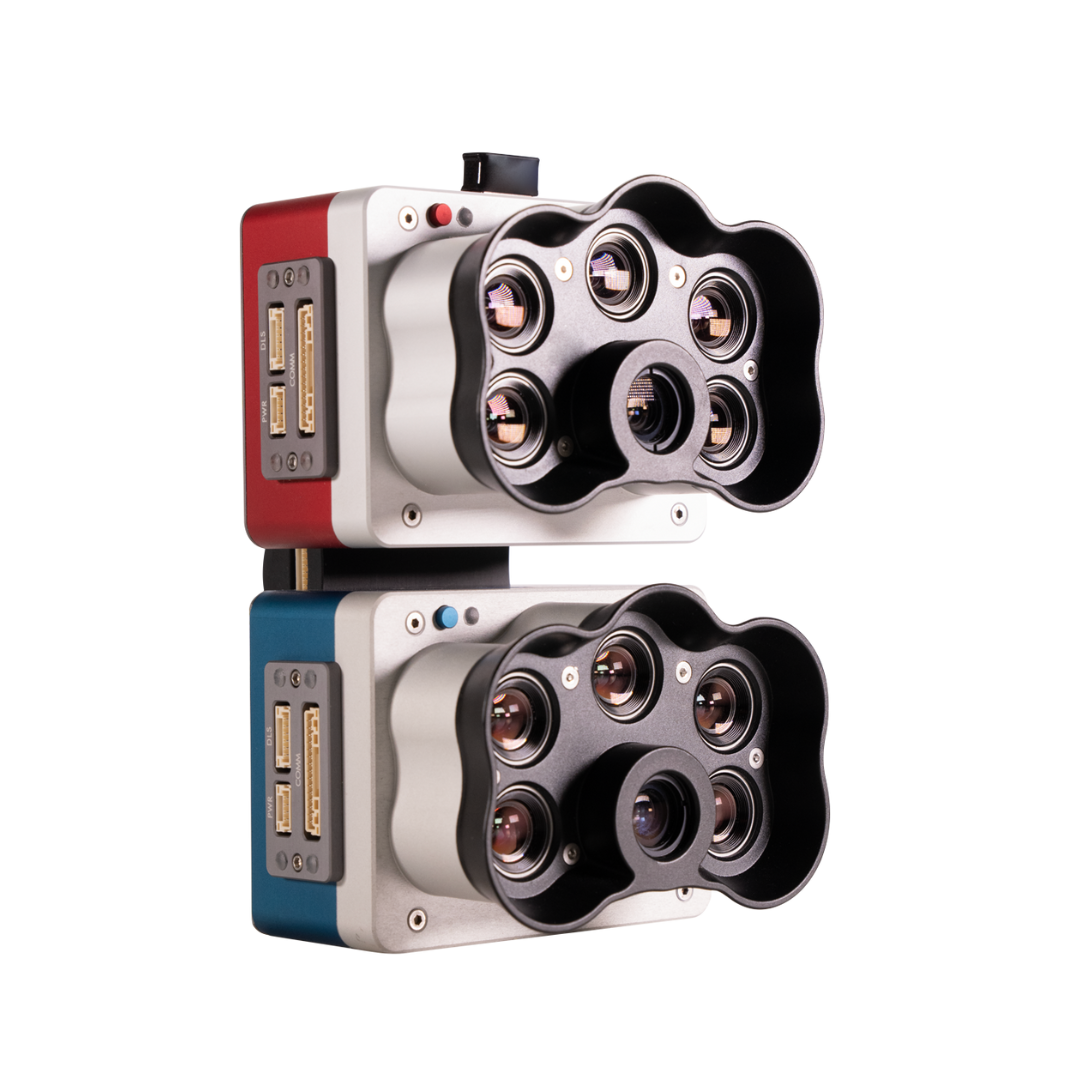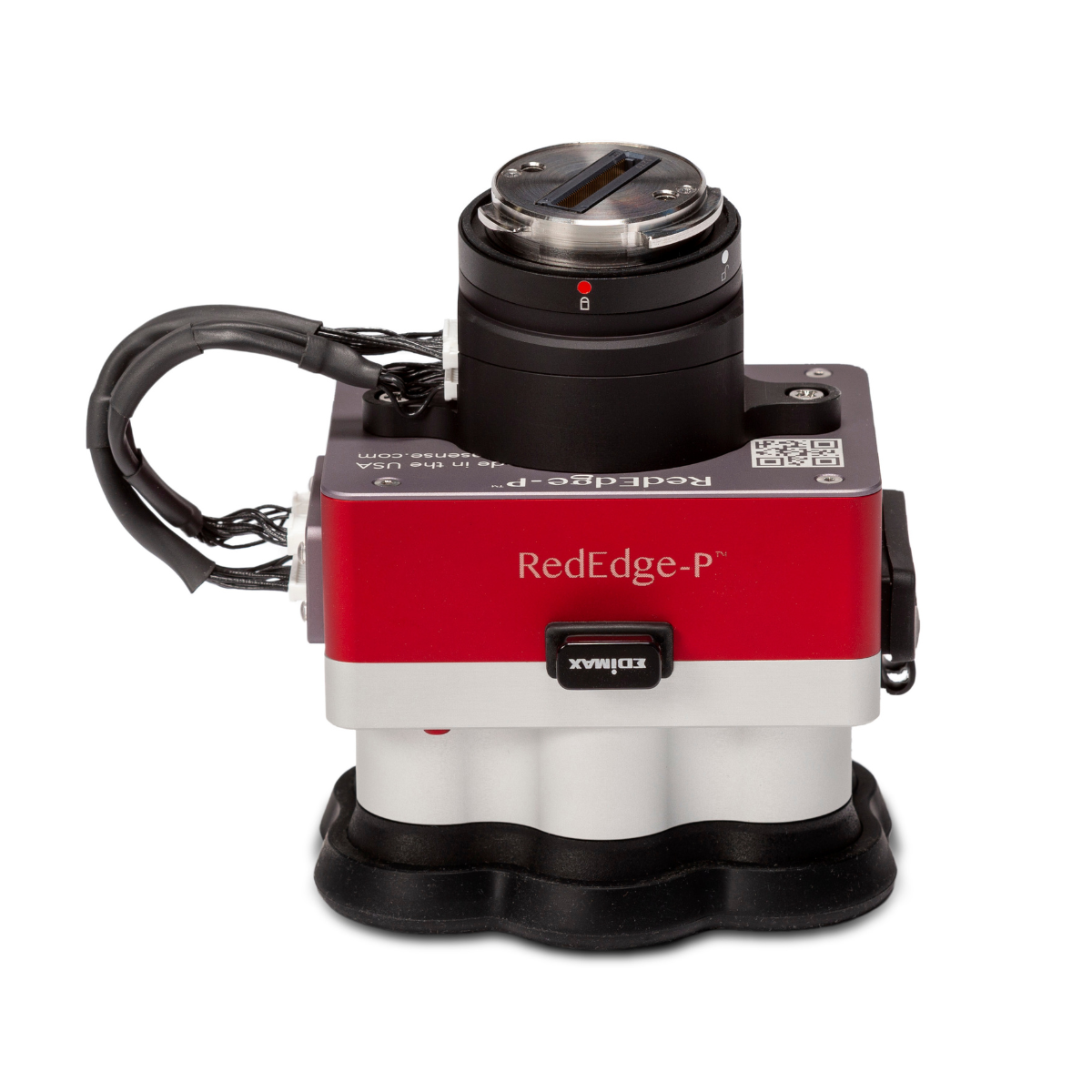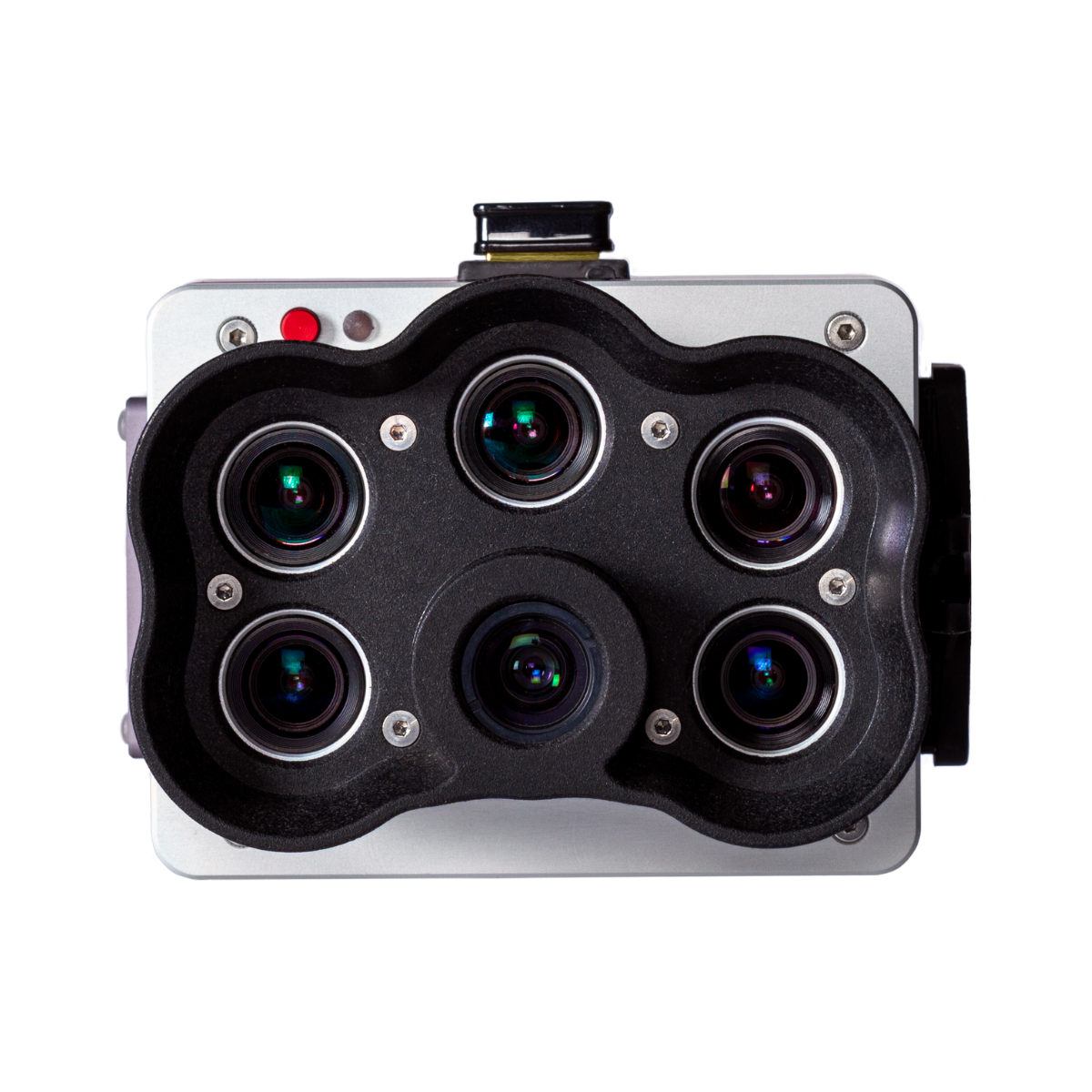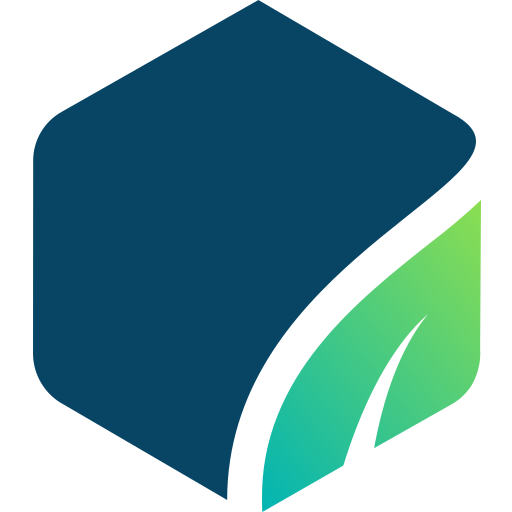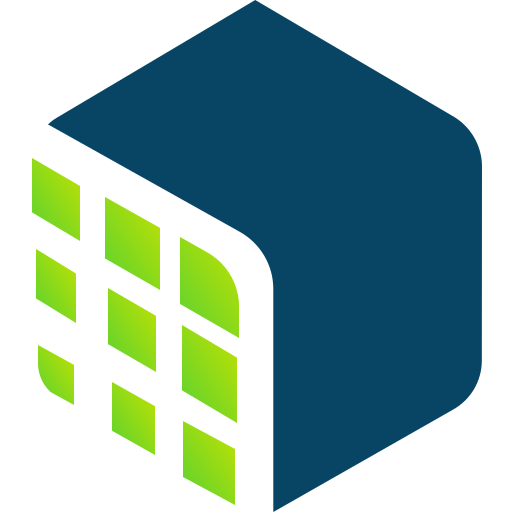Step into the future of agriculture with DroneFly! Featuring products such as the DJI Mavic 3 Multispectral drone, MicaSense Altum PT payload, and PIX4Dfields software. Bring the tech to your farm practices, environmental conservation efforts and more today!
TALK TO A NDVI/MULTISPECTRAL DRONE PACKAGES EXPERT
NDVI & Multispectral Drone Packages
NDVI & Multispectral Payloads
NDVI & Multispectral Software
Watch and Learn About NDVI Agriculture Drones
NDVI (Normalized Difference Vegetation Index) is a ratio of the amount of light energy absorbed and reflected by plants, this measures plant health. Calculated by: (NIR - RED ) / (NIR + RED). In general, NDVI values range from -1.0 to 1.0, with negative values indicating objects such as water, positive values near zero indicating bare soil, and higher positive values of NDVI ranging from sparse vegetation (0.1 - 0.5) to dense vegetation (0.6 and above).
For instance, a NDVI closer to +1 indicates the possibility of the area being packed with dense green leaves. The higher the value, the healthier the vegetation. Low NDVI values mean the area has little or no vegetation.
As a result, this technology serves as a warning tool for problem areas facing complications with fertilizer, irrigation, disease, or pests. At DroneFly, we have brought together the best NDVI sensor producers and drone producers to bring you the very best agriculture drone solutions. View our 2023 Agriculture Drone Infographic to see more about how drones are increasing efficiency for growers.
Introducing DJI Mavic 3 Multispectral | DJI Enterprise
How to use DJI Mavic 3 Multispectral | PIX4Dfields
Watch and Learn About Multispectral Drones
A drone with a multispectral camera can capture multiple light wavelengths, both visible and invisible to our eyes. This provides invaluable data, enabling a detailed view of vegetative health, soil moisture, and more. NDVI - Normalized Difference Vegetation Index - is a specific type of multispectral analysis used to identify whether an area contains live green vegetation or not.
How is multispectral imaging different from NDVI? Well, while NDVI is a specific technique within the multispectral realm, focusing on contrasting green vegetation health, multispectral imaging is broader and captures a variety of light bands.Think of NDVI as a subset or a specific application of the broader multispectral range. The multispectral drones also play a crucial role in disaster assessment, helping to quantify damage from events such as floods and wildfires.
In fields like archaeology and geology, they offer the ability to see beneath the surface and identify hidden structures or mineral compositions. Urban planners and those in the oil and gas industry also benefit from this technology, whether it's for monitoring city vegetation or detecting potential leaks.
Managing Forests Using DJI Matrice 350 RTK
Using Mavic 3 Multispectral To Manage Vineyards
DJI Mavic 3M Multispectral - Use Case - Forest Growth Monitoring | Dronefly
DJI Mavic 3M Multispectral - Use Case - Pix4D Smart Tool in Lodged Wheat | Dronefly
MicaSense Rededge-P
MicaSense Altum PT
More About Our NDVI & Multispectral Drones and Solutions
Looking for a comprehensive drone solution to use in your fields? Say hello to the DJI Mavic 3 Multispectral. This multispectral drone comes equipped with a 20MP 4/3 CMOS RGB camera and four 5MP multispectral cameras. With its sunlight sensor, it adjusts the picture data for more accurate NDVI results. It also comes with a RTK module for centimeter-level positioning, making it ideal for precision aerial surveying. Plus, it has a maximum flight time of 43 minutes and covers 200 hectares in one flight. The package includes DJI Care Enterprise Basic for 2 years, offering water damage coverage and free maintenance.
Payloads and Cameras: The Eyes of Your Drone
When looking at NDVI and multispectral drones, consider the type of camera or payload they come with. For instance, the MicaSense RedEdge-P offers twice the capture rate and resolution compared to its predecessor. It's perfect for those who need high-quality, synchronized images for more complex analysis. For a more specialized agricultural payload, check out MicaSense Altum PT. This comes with a powerful 3-in-1 Ag payload combining multispectral and thermal bands.
Advanced Software Solutions
The choice of software is equally important for interpreting the data your drone captures. Here you have the likes of PIX4Dfields, which features as a powerful tool to digitize your fields with drone imagery.
Things to Consider when Choosing an NDVI & Multispectral Drone Package:
- Camera Quality: Ensure the drone with multispectral camera provides high-resolution imagery for accurate data analysis.
- Flight Time & Range: A longer flight time and range mean more coverage and less downtime.
- Safety Features: Look for drones with obstacle detection and other safety measures.
- Software Compatibility: Ensure your drone and camera are compatible with mapping software for easy integration and data analysis.
9 Applications of NDVI & Multispectral Drones
| Precision Agriculture: | A leading application, NDVI agriculture allows farmers to pinpoint areas in need of attention, making agricultural practices smarter and more sustainable. You could be running a corn farm and use drones with NDVI technology to differentiate zones of water stress. That way you can adjust your system as needed, ensuring uniform water distribution, reducing waste, and ensuring optimal crop growth. Or use multispectral drones to detect variations in soil fertility across orchard fields, adjusting fertilizer application rates accordingly. |
| Crop Monitoring: | With agriculture drones, farmers can keep a vigilant eye on their crops, detecting early signs of diseases, pests, or nutrient deficiencies – without the legwork and time associated with manual field checks. From cotton farmers deploying NDVI drones to assess how bollworm infestation has affected the crop, to potato farmers relying on multispectral imaging to pinpoint areas of blight - they give you more tools to optimize your farm operations. |
| Environmental Monitoring: | Whether it's analyzing deforestation, desertification, or wetland conditions, or even surveying the barrier reef to look into coral bleaching, a multispectral drone gives you a bird's eye view, ensuring our planet's health remains a top priority and boost conservation efforts. |
| Forestry Management: | Want to keep our forests green and thriving? NDVI mapping helps foresters understand tree health, growth rates, and species distribution, ensuring sustainable management practices. |
| Land Cover Mapping: | From urban sprawls to lush meadows and natural green spaces, multispectral drones can identify and classify different land cover types, vital for urban planning and environmental conservation. |
| Coastal Erosion Monitoring: | Our coastlines are precious. Agencies use NDVI technology to map eroding cliffs and detect changes in beach erosion patterns, aiding in the development of preventative measures. |
| Flood Assessment: | In the aftermath of flooding, the drones can swiftly map affected areas, helping analyze the scope of damage for aid to be directed to where needed – while reducing the resources required for the process. |
| Vineyard Management: | The tech reaches everywhere, including in vineyards to monitor grape health, ensuring the next bottle of wine is of the highest quality – like using drones to assess ripening stages of grape clusters. |
| Golf Course Maintenance: | By analyzing turf health and hydration levels, greenskeepers ensure impeccable playing conditions. |
DJI Agriculture Launches the Mavic 3 Multispectral to Spark the Development of Precision Agriculture
Reading Tea Leaves Using DJI Mavic 3 Multispectral| DJI Enterprise Case Study
P4 Multispectral Farming with exo.expert | DJI Enterprise
Mavic 3M Fruit Tree Aerial Survey and Mapping
10 Benefits of NDVI and Multispectral Drones
| Precision Agriculture | A leading application, NDVI agriculture allows farmers to pinpoint areas in need of attention, making agricultural practices smarter and more sustainable. You could be running a corn farm and use drones with NDVI technology to differentiate zones of water stress. That way you can adjust your system as needed, ensuring uniform water distribution, reducing waste, and ensuring optimal crop growth. Or use multispectral drones to detect variations in soil fertility across orchard fields, adjusting fertilizer application rates accordingly. |
| Crop Monitoring | With agriculture drones, farmers can keep a vigilant eye on their crops, detecting early signs of diseases, pests, or nutrient deficiencies – without the legwork and time associated with manual field checks. From cotton farmers deploying NDVI drones to assess how bollworm infestation has affected the crop, to potato farmers relying on multispectral imaging to pinpoint areas of blight - they give you more tools to optimize your farm operations. |
| Environmental Monitoring | Whether it's analyzing deforestation, desertification, or wetland conditions, or even surveying the barrier reef to look into coral bleaching, a multispectral drone gives you a bird's eye view, ensuring our planet's health remains a top priority and boost conservation efforts. |
| Forestry Management | Want to keep our forests green and thriving? NDVI mapping helps foresters understand tree health, growth rates, and species distribution, ensuring sustainable management practices. |
| Land Cover Mapping | From urban sprawls to lush meadows and natural green spaces, multispectral drones can identify and classify different land cover types, vital for urban planning and environmental conservation. |
| Coastal Erosion Monitoring | Our coastlines are precious. Agencies use NDVI technology to map eroding cliffs and detect changes in beach erosion patterns, aiding in the development of preventative measures. |
| Flood Assessment | In the aftermath of flooding, the drones can swiftly map affected areas, helping analyze the scope of damage for aid to be directed to where needed – while reducing the resources required for the process. |
| Vineyard Management | The tech reaches everywhere, including in vineyards to monitor grape health, ensuring the next bottle of wine is of the highest quality – like using drones to assess ripening stages of grape clusters. |
| Golf Course Maintenance | By analyzing turf health and hydration levels, greenskeepers ensure impeccable playing conditions. |
Spot spraying prescription maps for DJI Agras, XAG and Tractors
Using NDVI to Validate Fungicide Treatments in Barley
Mapping fallow weeds with PIX4Dfields
How to Process MicaSense Sensors Data in Pix4Dfields
Why Dronefly?
We here at Dronefly pride ourselves in leading the commercial drone sector to bring these ag drone kits to the everyday farmer. We worked closely with farmers, drone manufacturers, and sensor designers to bring the best ag drone solutions to market. No matter the size of your operation, budget, or needs we here at Dronefly are ready to get your drone operation off the ground! Contact us at (805) 480-4033 or email sales@dronefly.com to know more!



